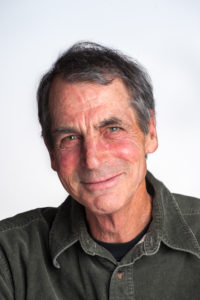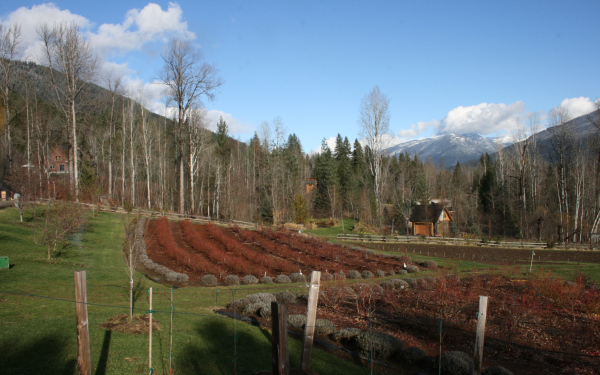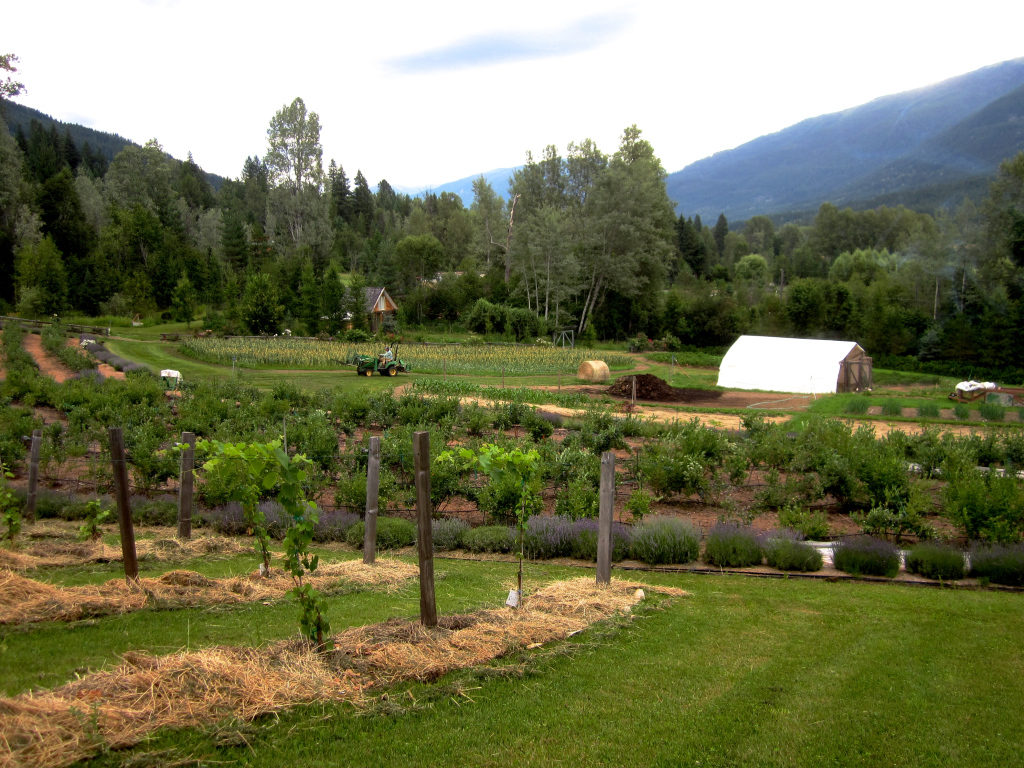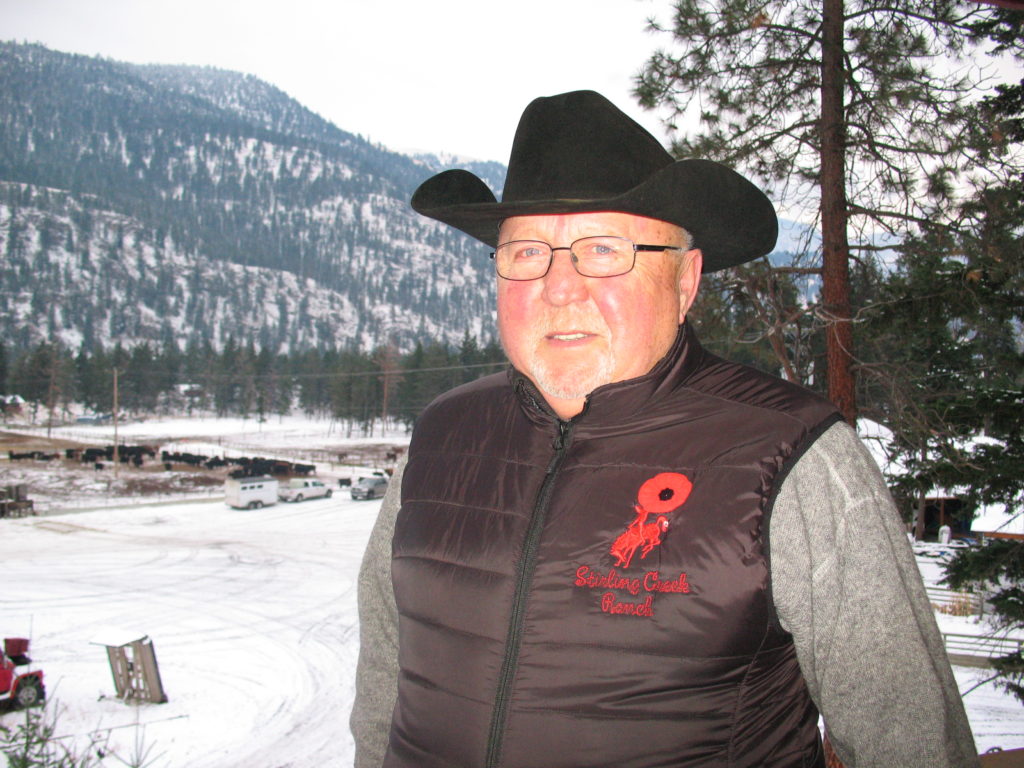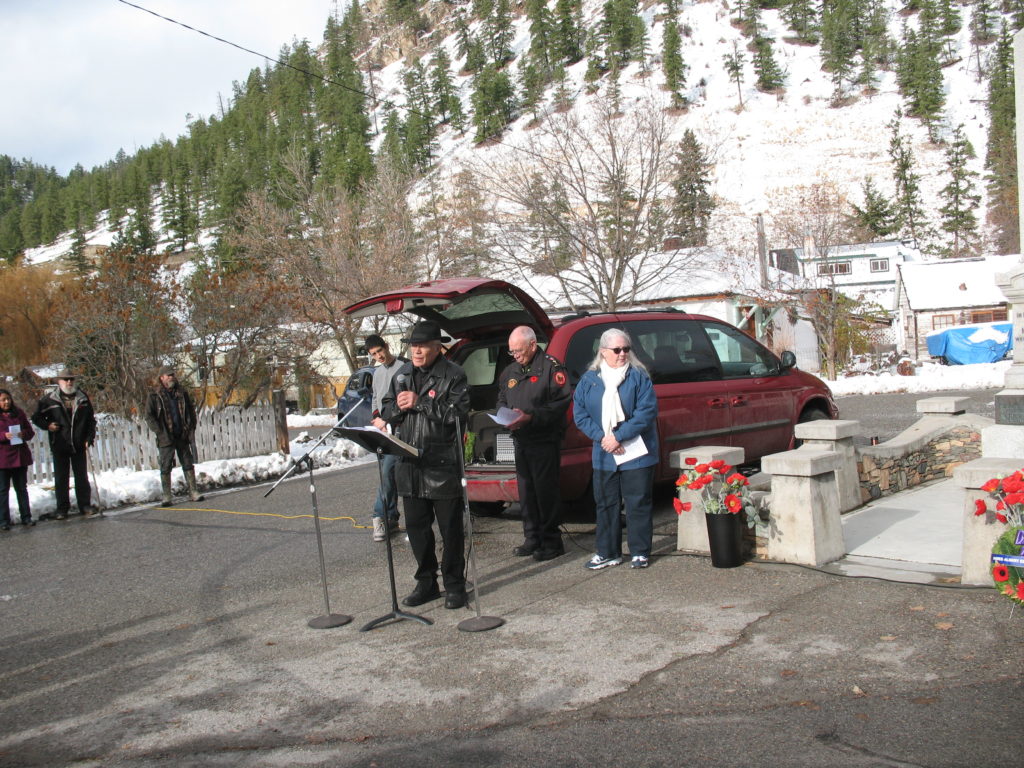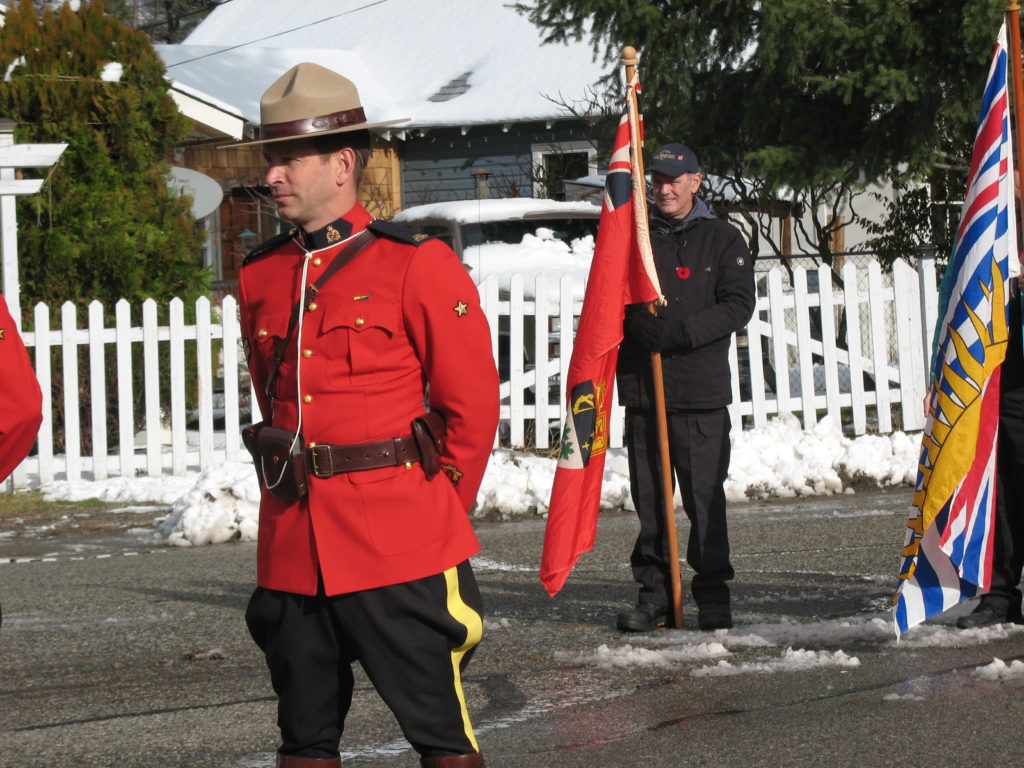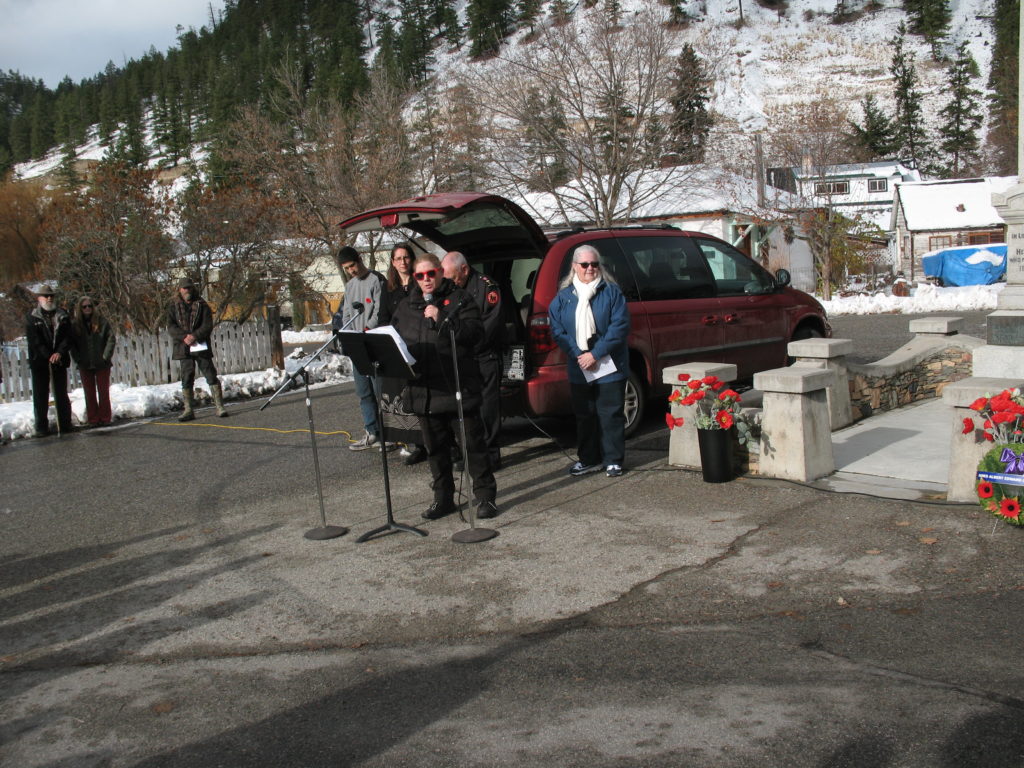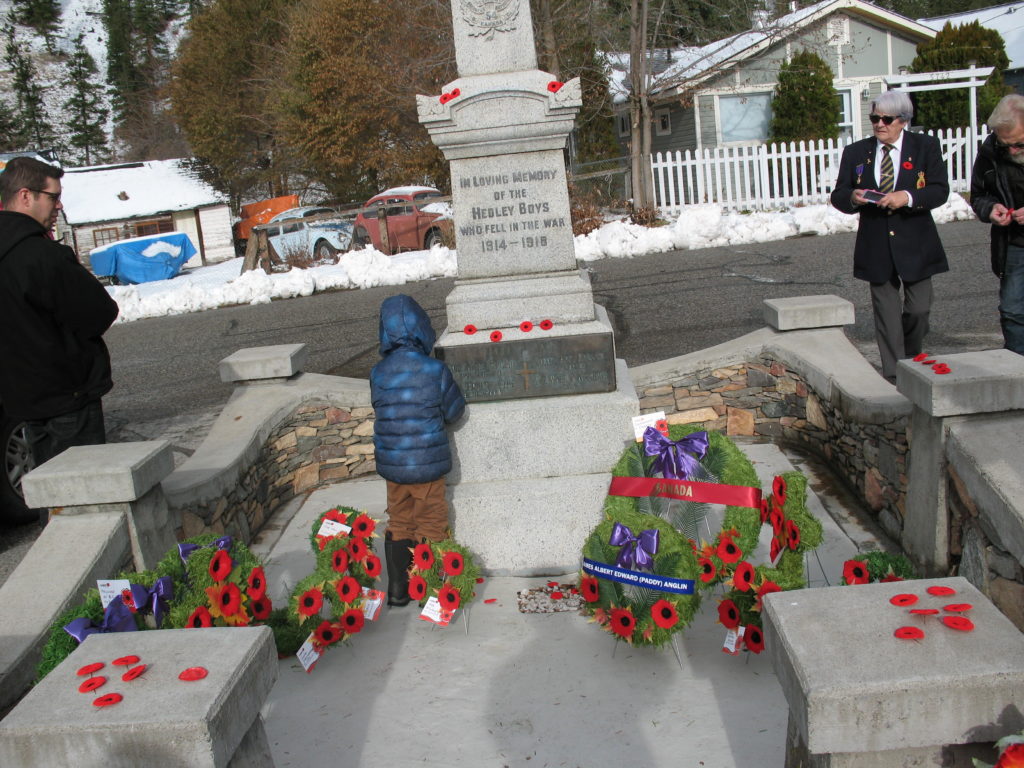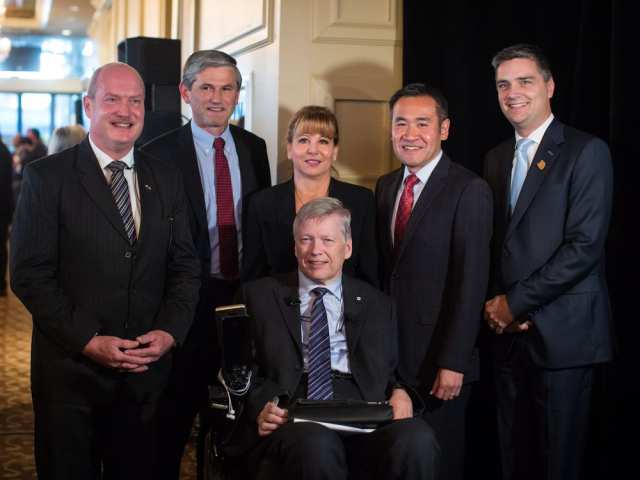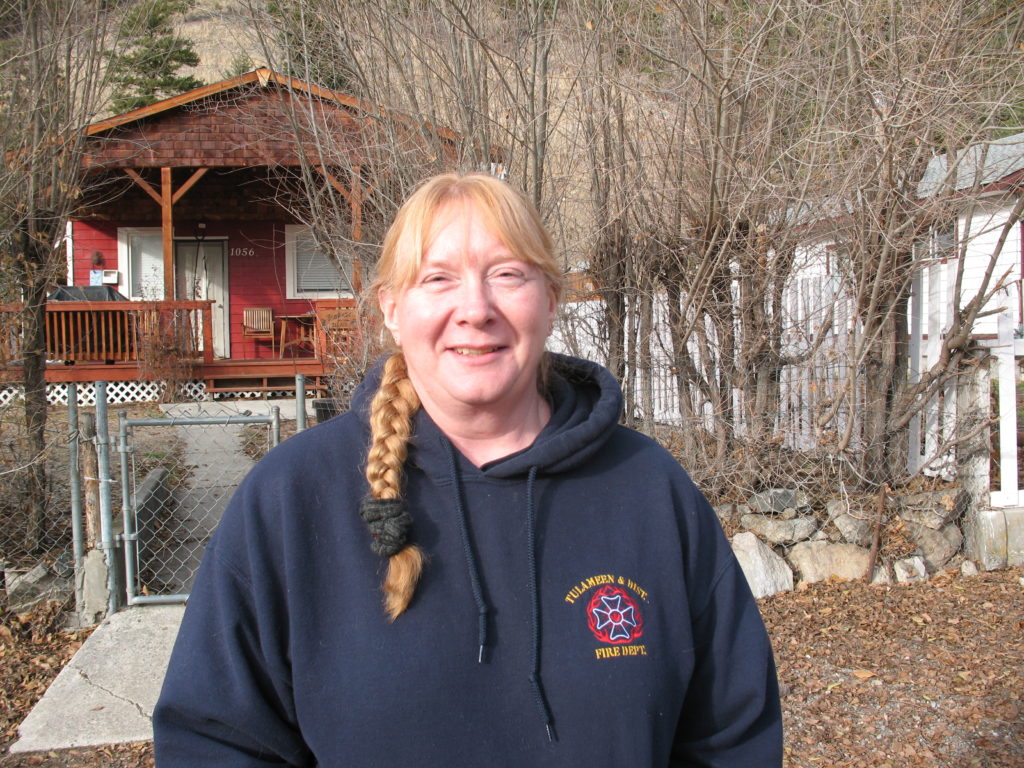
Considering Jody Woodford’s chaotic early home life, I would not have guessed she would one day be chief of the Tulameen Fire Department. “We lived in the Yukon for about 10 years,” she told Linda and me. “My father was a heavy equipment operator. We lived in a school bus and every time Dad was sent to a new job, we moved. Sometimes my sister and brother and I went to a school for a week and then we moved. One year we moved 10 times.”
In spite of the family’s lacklustre circumstances, there was a positive thread. “Mom and Dad wanted us to have a better life. They wanted us to be resourceful, resilient and independent. We were a tightly knit family and when our parents had health problems, us kids accepted a lot of responsibility.”
Her Dad was a big man, close to 500 pounds. “He drove fast and was hard on transmissions. When I was 13, my two younger siblings and I changed the transmission on our Chevette. Dad coached us at every step.”
Her father’s health began to fail and in 1983 the family moved to Princeton where she graduated from high school in 1988. “I enrolled in a heavy transport mechanics course,” she said. “I did the practical training and got my papers. By then Dad had terminal cancer and Mom’s health wasn’t great. My parents had bought a small home in Coalmont, their first ever. The foundation consisted of cottonwood stumps. I went there to take care of Dad. It was just something we had learned at home. Dad died in 1993.”
Her mother didn’t have the income to make the mortgage payments so Jody and her sister worked and by 1995 the home was paid for. Then a flood destroyed the home. “There was no insurance, so my sister, brother and I began building a new house for Mom,” Jody said. “I studied books to learn how. Our neighbours helped and the building inspector gave us advice. It was a community project and Mom got her first brand new home ever. That was my beginning in carpentry, which is how I now make a living.”
Physically strong and willing to contribute to her community, she was asked in 1998 to join the Tulameen Fire Department. “For the first 17 years the Fire Department paid only for basic training. I took extra courses and paid for them myself. I wanted to have the knowledge to do the job.”
Ten years ago the department needed a new chief, but no one stepped forward. By this time Jody was probably the most qualified member of the department. “It scared me,” she said, “but I accepted the position.” At that time there was no remuneration for going out on calls.
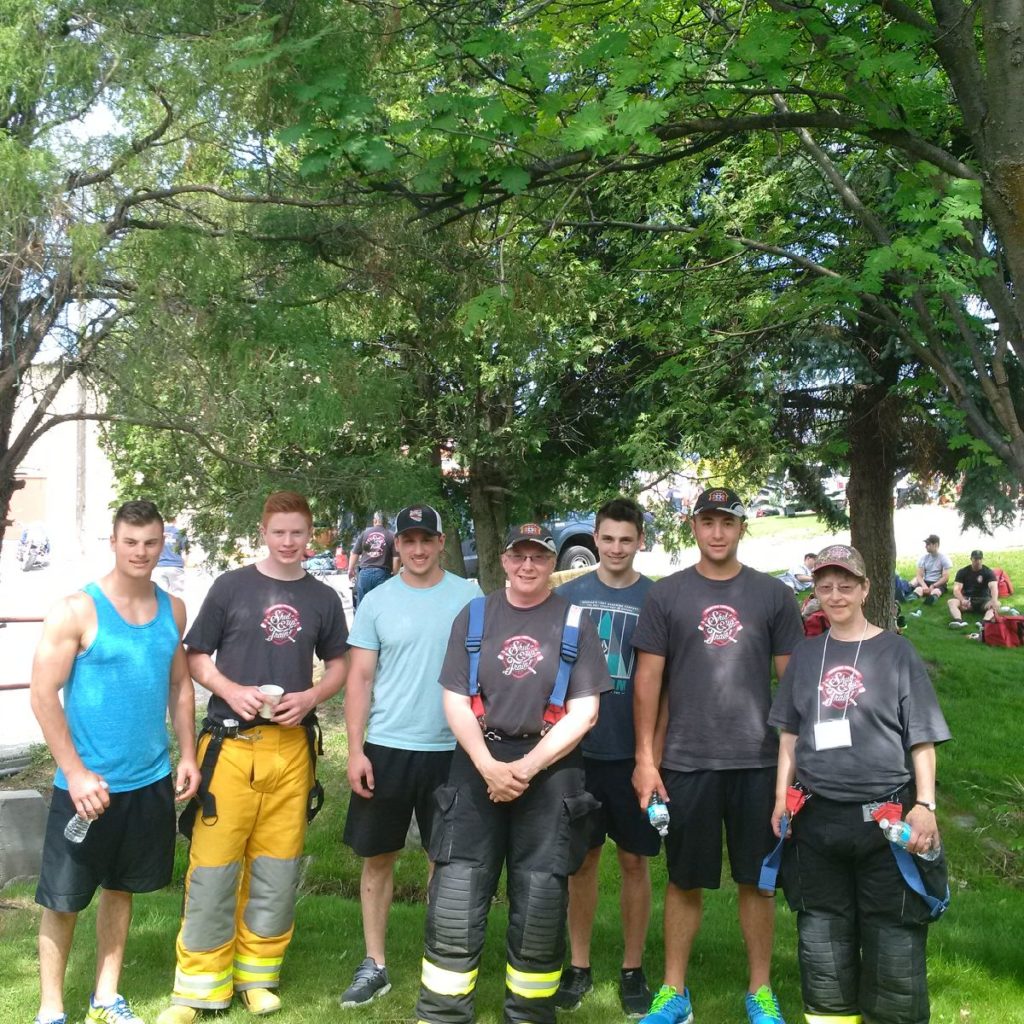
“It’s a team effort,” she stressed. “I’m very lucky to be working with committed firefighters. The community has been great too. We work together to make things happen. We have year round bottle drives. We put on dances and sell fire wood. The whole valley gets involved in fund raising. In the beginning they used a septic truck to haul water. Now we have 3 trucks. In February we took delivery of a new Freightliner. We turned an impossibility into a possibility.”
Being Chief requires her to be strong in crises. “I’m pretty emotional but there are times when I have to be a rock,” she admitted. “It was extremely hard when a very close friend, a fellow fire fighter was killed in a car accident.”
It became clear to me that Jody has reflected on her life and gleaned insights. “Some people allow themselves to be consumed by their circumstances. At home us kids learned we could make better choices. From my friend who died I learned I should get to know people, and not make assumptions.”
She is proud of the Fire Department and the community that has worked and sacrificed to strengthen and modernize it. She values the opportunity to grow. “It has enabled me to help people in crises situations,” she said. “Sometimes I’m as scared as they, but I have to act in spite of the fear.”
Living in a bus, changing schools repeatedly and not being able to develop lasting early friendships, could have caused Jody to flounder. Instead, she chose to view her life experiences as preparation to take on greater challenges in the future.


